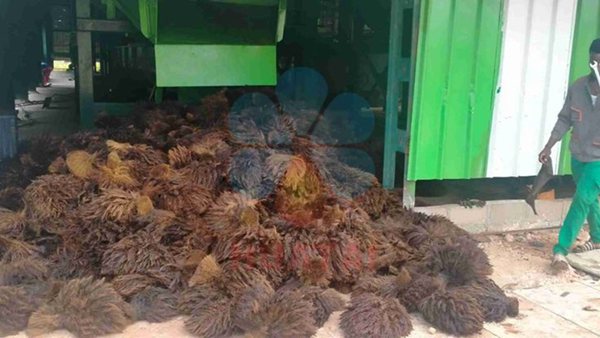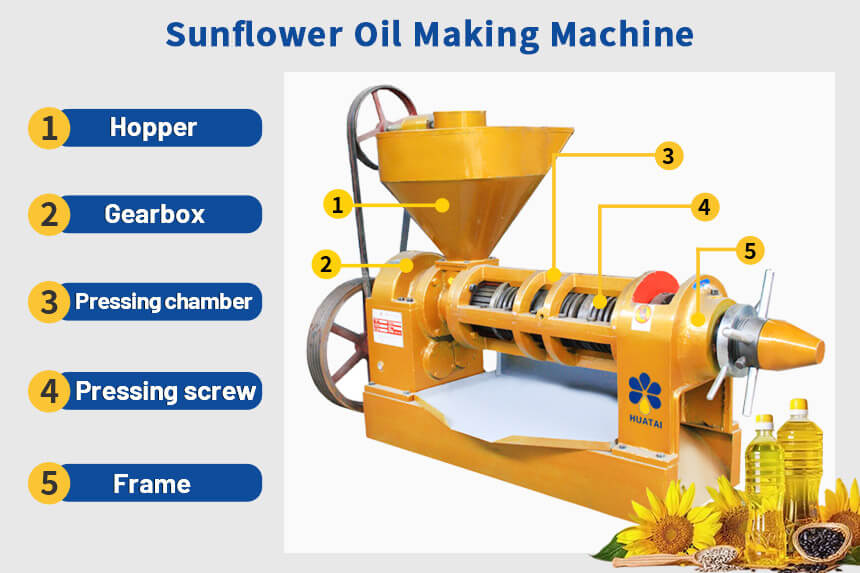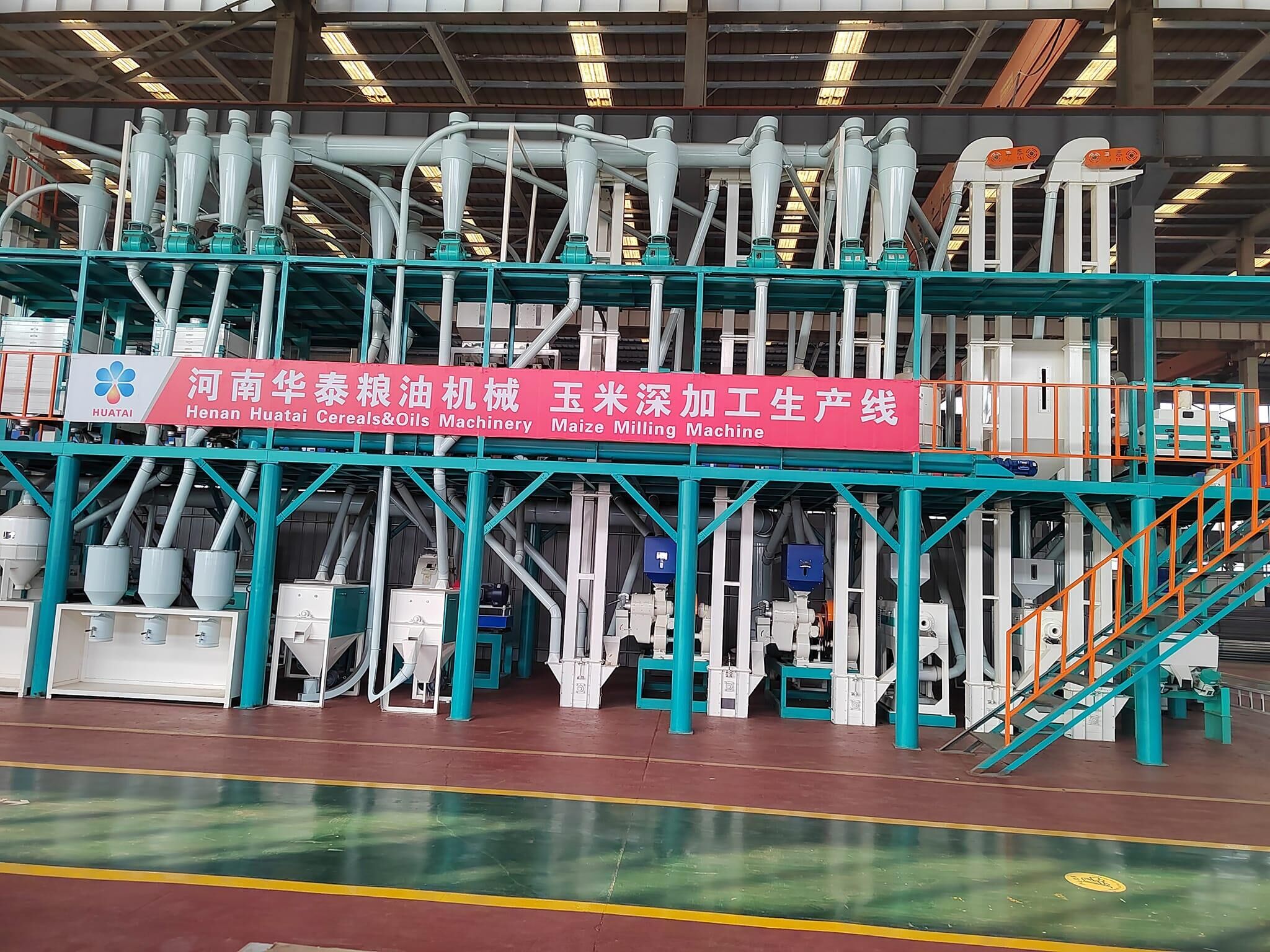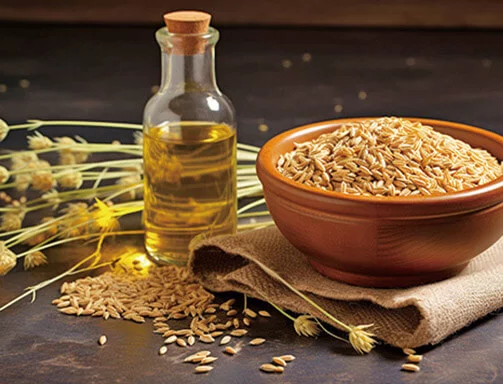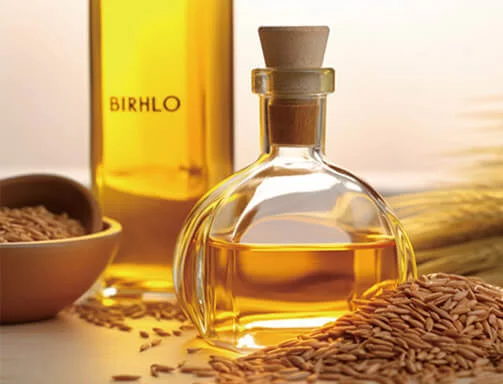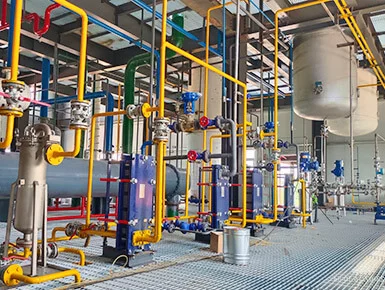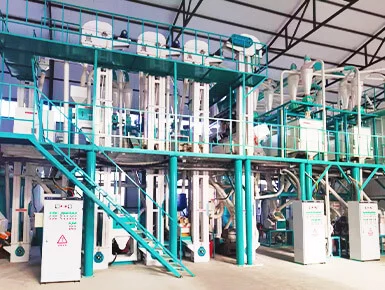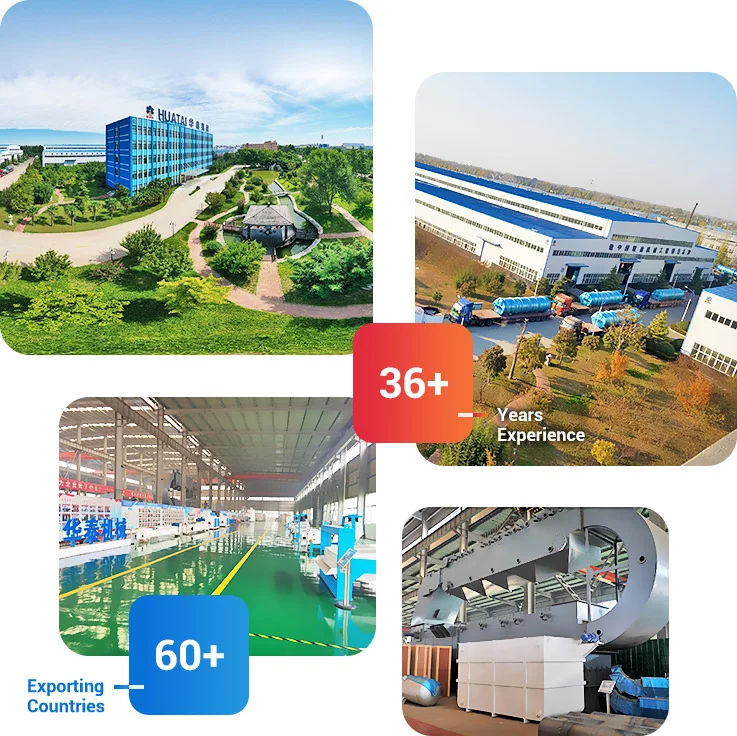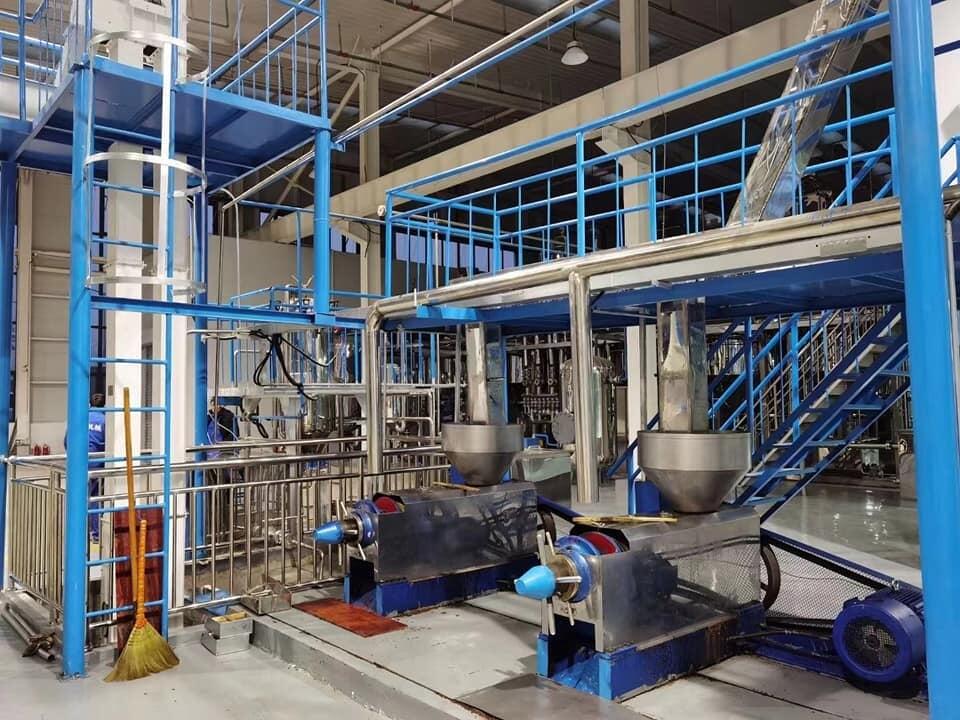
Raw Material Factors
Raw Material Variety and Oil Content: The inherent oil content of different oilseeds varies greatly, forming the core basis for oil yield. For example, peanuts have an oil content of approximately 40%-50%, soybeans approximately 15%-20%, and sesame seeds approximately 50%-60%. The higher the oil content, the higher the theoretical upper limit of oil yield.
Raw Material Maturity: Insufficiently mature oilseeds (such as immature soybeans and green peanuts) do not accumulate enough oil, resulting in a lower oil yield. Over-mature or moldy raw materials are prone to oil oxidation and deterioration, not only reducing the oil yield but also affecting the oil quality.
Raw Material Moisture Content: Excessive moisture content makes the oilseeds difficult to break down and prone to clumping during pressing, reducing oil extraction efficiency. Insufficient moisture content makes the raw materials too dry, resulting in excessive powder after breaking down, which also affects oil separation. Different oilseeds require optimal moisture control (e.g., peanuts approximately 8%-10%, soybeans approximately 10%-12%).

1. Squeeze the material and water
Generally speaking, with the increase of the moisture content of the pressed material, its plasticity also gradually increases. When the water content reaches a certain point, the oil is the best for pressing. At this time, the water content is called “optimal water” or critical water. For a certain type of pressed material, there is a narrow optimal moisture range under certain conditions. Of course, this optimal moisture range is also closely related to other factors, especially temperature and the degree of protein deformation.
In the actual pressing production process, the optimal moisture needs to be adjusted and optimized according to the actual situation on site. According to past production experience, under certain other conditions, if the moisture content is high or low, the oil press will have problems. When the moisture is high, the oil output position of the oil press will move forward, and the amount of slag will be large. After the oil residue is separated, it will return to the press and enter the oil press. The amount of residue output of the oil press will increase again. In serious cases, it will affect the feed of the oil press, and even the oil press will not feed. When the moisture is low, the motor current of the oil press increases, the pressure of the press chamber increases, and the oil discharge position moves back. Some of the squeezed oil is discharged from the exhaust end of the oil press before it is separated from the press cake, and is sucked into the inside by the squeezer cake, increasing the oil content of the cake. In addition, as the pressure of the pressing chamber increases, the amount of slag output of the oil press will also increase.
2. Pressing temperature
Pressing heating can improve its plasticity, while squeezing cooling can reduce its plasticity. The temperature of the pressed material not only affects its plasticity and the quality of the oil release effect, but also affects the quality of the oil and cake. Therefore, there is also an “optimal range” for temperature.
In the actual steaming and stir-frying operation, raising the pressing temperature will correspondingly reduce the water content of the pressing material, and reducing the pressing temperature will increase the water content of the pressing material. When the press temperature is too high or too low, the oil press will have the same situation as low or high water content, that is, when the press temperature is low, the oil output position of the oil press moves forward, and the amount of slag is large. After the oil residue is separated, it returns to the press and enters the oil press. The amount of slag output of the oil press will increase again. When it is serious, it will be The feeding volume of the oil press, even the oil press does not feed; when the press temperature is high, the current of the motor of the oil press increases, the pressure of the press chamber increases, the oil output position moves back, and the amount of slag increases. Part of the squeezed oil cannot be separated from the juicer and is discharged from the output end of the oil press, and is sucked into the inside by the squeezer, increasing the oil content in the cake. .
3. The degree of protein degeneration
Excessive degeneration of protein will reduce the plasticity of the pressed material, thus increasing the necessary working pressure of the oil press. If excessive steaming and frying, the blank will develop in the direction of hardening, which will affect the pressure of the squeezing chamber and the oil and the cake making during pressing. However, protein degeneration is necessary for pressing oil, because whether the protein in the squeezing material is sufficiently denatured or not measures the degree of destruction of the colloidal structure in the oil, which also affects the effect of pressing oil. It should also be noted that proteins will continue to denature due to the combined effect of temperature and pressure during pressing. In a word, the appropriate degree of protein denaturation can ensure a good oil extraction effect.
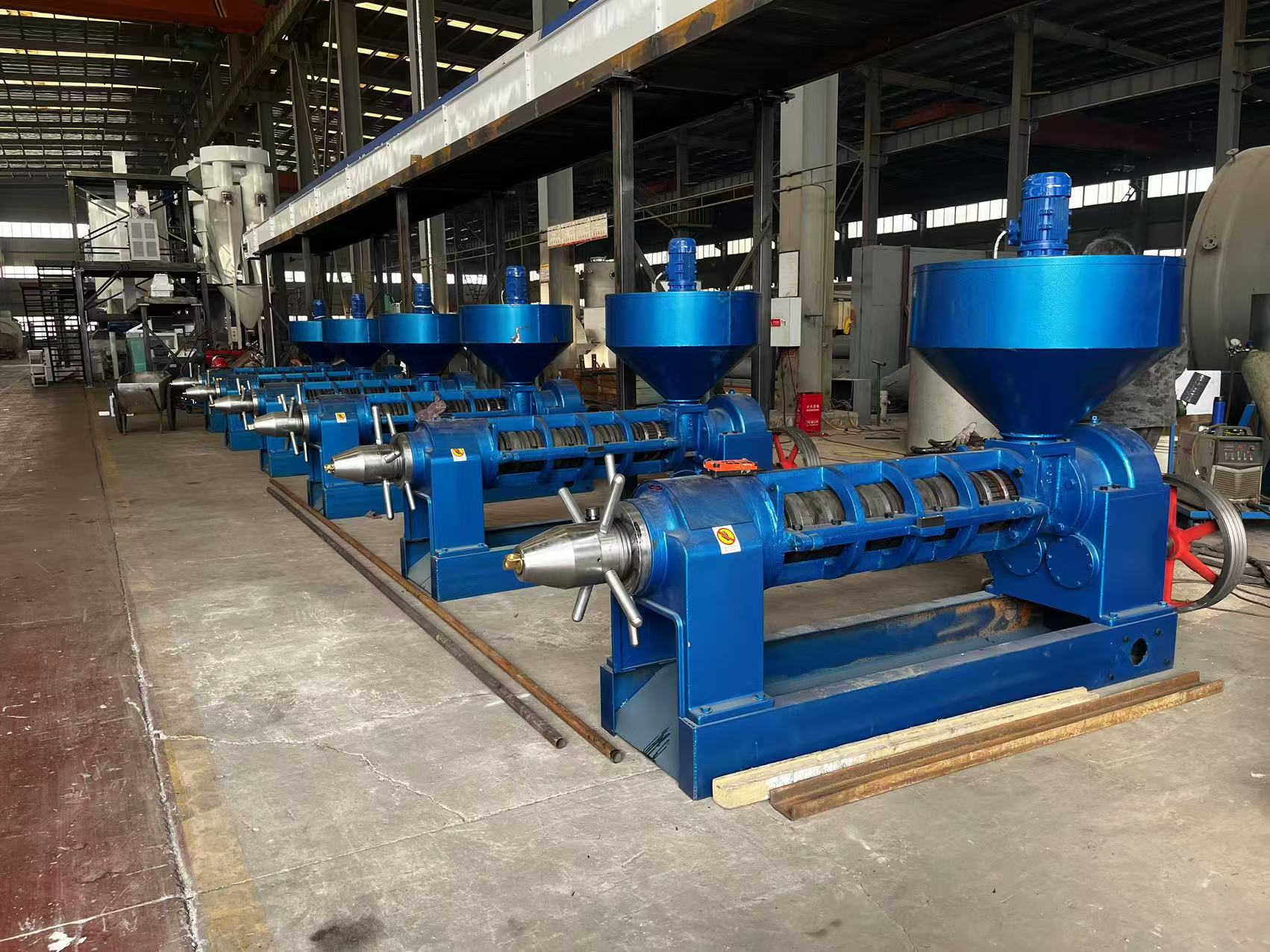
Raw material storage factors (indirectly affecting quality and oil yield)
Storage environment: Long-term storage in high temperature, humidity, and strong light environments makes oilseeds prone to absorbing moisture, mold, or oxidation. This leads to oil decomposition and loss, naturally reducing the oil yield.
Storage time: Prolonged storage of oilseeds causes them to gradually age, resulting in a slow decrease in oil content. This is especially true for oilseeds high in unsaturated fatty acids (such as peanuts and sesame seeds); the longer they are stored, the lower the oil yield and quality.
As a leading
edible oil mill machinery manufacturer and exporter, Huatai Group specializes in providing comprehensive oil mill machine turnkey projects for establishment of edible oil plants.
![]() Service Coverage
Service Coverage
![]() FAQ
FAQ




